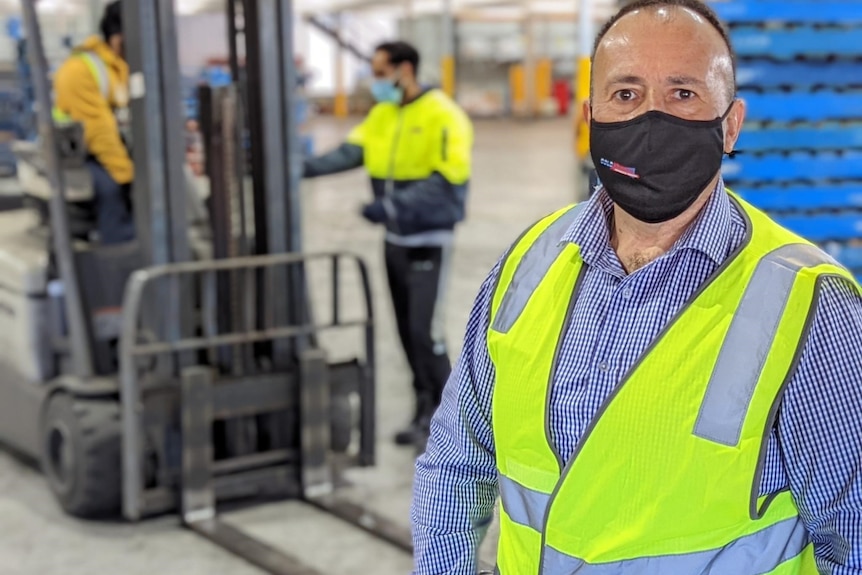John Di Losa owns a freight company that delivers refrigerated food to major supermarkets and takeaway retailers.
The fuel surge has seen a doubling in the cost of filling up a truck to deliver food from Cold Xpress’ Melbourne hub to regional Victoria’s Mildura.
Mr Di Losa hopes this is just a temporary blip but, for now, he’s had to raise his fuel surcharge to suppliers from 13.5 per cent to 35 per cent for the next month.
“We have to pass that cost onto our customers, our customers pass it onto the store, and eventually, the customer pays for it,” he says.
Expand that sort of supply pressure throughout the entire supply chain — from farmers’ costs through to delivery — and it’s not hard to see why ANZ is factoring these fuel hikes into Australia’s next round of inflation data.
“Some sectors are very reliant on both oil and gas as an input into production,” ANZ economist Catherine Birch says.
“So that will be increasing their costs dramatically.
“And this is where we might see some of these second-order effects, where businesses start to pass on these higher input costs to consumers in the end, and that’s where we experience it as higher prices.
“The strength of the acceleration has surprised us a little bit.”
Ms Birch points out that petrol did dip during the pandemic — because transport was hindered — and that is, partially, what we are experiencing now: a rebound in demand.
As economies come out of lockdown, that has been the case for many other elements of the supply chain besides fuel.





